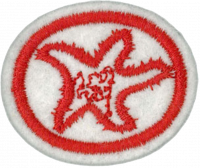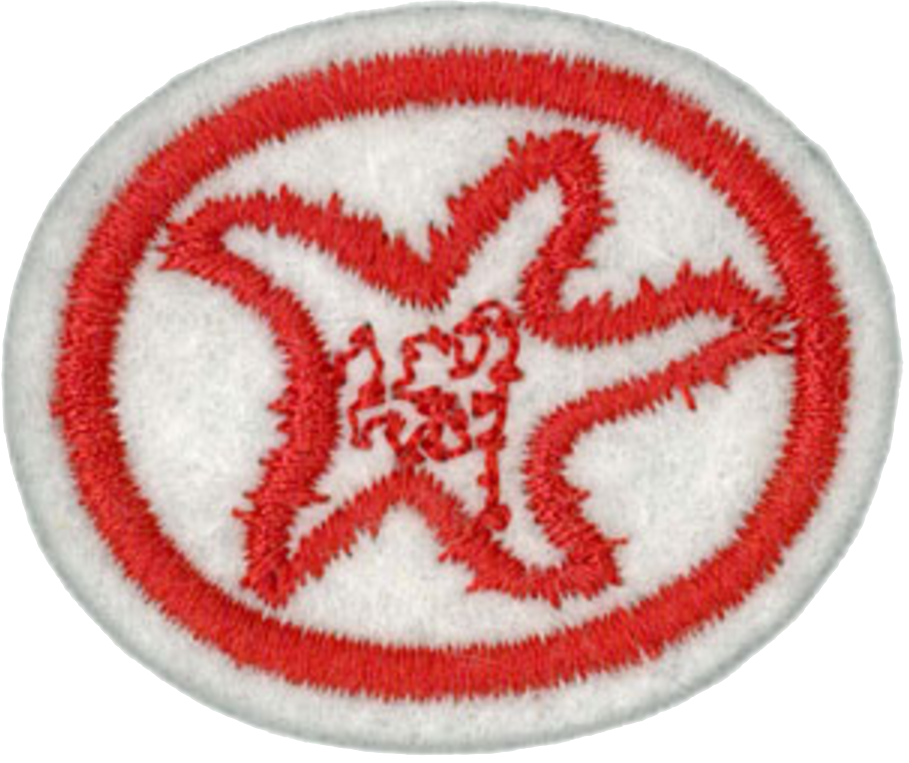Especialidades JA/Invertebrados marinos/Requisitos
Nivel de destreza
2
Año
1956
Version
26.12.2025
Autoridad de aprobación
Asociación General
1. Ser capaz de identificar al menos un ejemplo de los siguientes 15 animales de la orilla de mar:
- a. Tunicado (urocordados)
- b. Anémona
- c. Quitones (poliplacóforos)
- d. Cangrejo ermitaño
- e. Ofiuroideos
- f. Erizo de mar
- g. Pepino de mar (holoturoideos)
- h. Briozoos (animal musgo)
- i. Percebe (cirrípedos)
- j. Estrella de mar
- k. Mejillón o almeja
- l. Medusas
- m. Lapa (arqueo gasterópodos)
- n. Gusano de tubo
- o. Ostras
- p. Anfípodos (talítridos)
- q. Esponjas (poríferos)
- r. Galleta de mar (sand dollar)
- s. Coral
- t. Cangrejo fantasma (cangrejos de la arena)
2. Hacer una colección de fotografías de los siguientes animales de la orilla del mar:
- a. Tres clases de cangrejos
- b. Una clase de estrella de mar
- c. Cualquier otros cinco animales enumerados en el requisito 1. Los animales de cuerpos fuertes tales como cangrejos, estrellas de mar y poliplacóforos pueden morir en una solución al 5% de formaldehido o un 70% de solución de alcohol y, a continuación, secada por un fuego corto (acompañado de un adulto). El sol hará que el color desaparezca.
- d. Los animales de cuerpos suaves deben mantenerse en una solución de 3% formaldehido o un 70% de solución de alcohol. Si la formalina comercial se utiliza en lugar de formol, el porcentaje de las cifras deberán duplicarse.
Describe the following processes:
- a.
The swimming action of a sea jelly
- b.
The method of an anemone capturing food
- c.
The running of a crab
- d.
How does a sea star digest a clam or oyster when it has such a small mouth opening?
4.
Name four low-tide animals and two high-tide animals.
5.
Answer the following questions on relationships:
- a.
What relationship do crabs and barnacles have to insects?
- b.
What relationship does the sea squirt have to man?
- c.
Name a common land dweller that is related to the clamworm.
- d.
The octopus belongs to the phylum Mollusca. Which two animals listed in No. 1 are related to the octopus?
- e.
Sea star, sea cucumber, and sea urchin all belong to the phylum Echinodermata. Why do they belong together? (Clue: Find out what "Echinodermata" means.)
6.
Give an oral report on two of the following activities:
- a.
Visit a seashore at night and by means of a flashlight observe the activity of animals on shore and in the water. Notice the many plants and animals visible when the beam of light is directed into the water. These minute organisms are called plankton.
- b.
Tow a fine-mesh cloth or regular plankton net through the water and observe through a microscope the many tiny animals and plants that are collected.
- c.
Select three items under #1 that are important economically. Explain why they are important.


